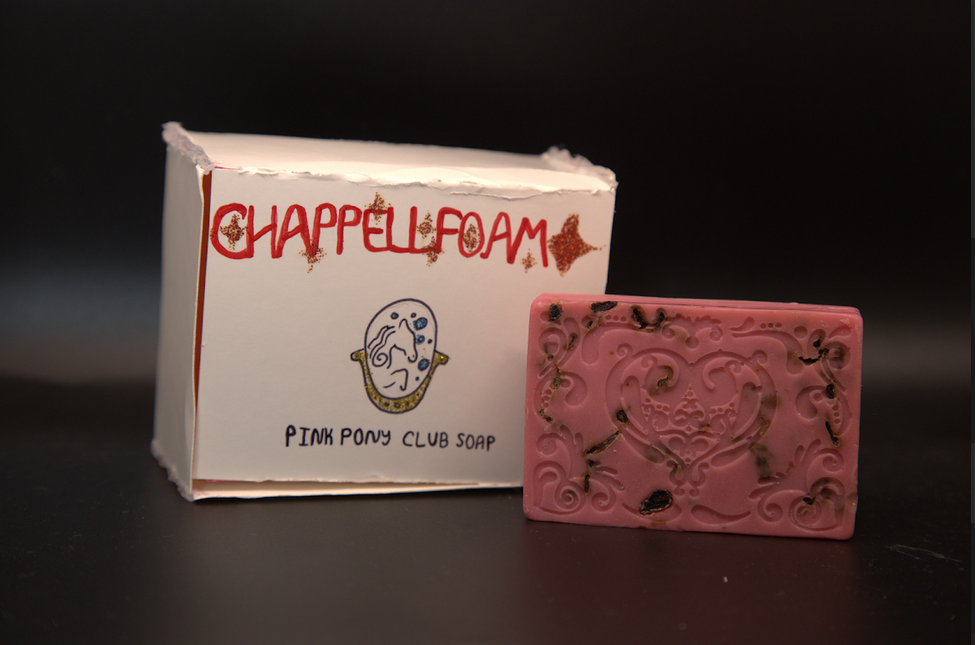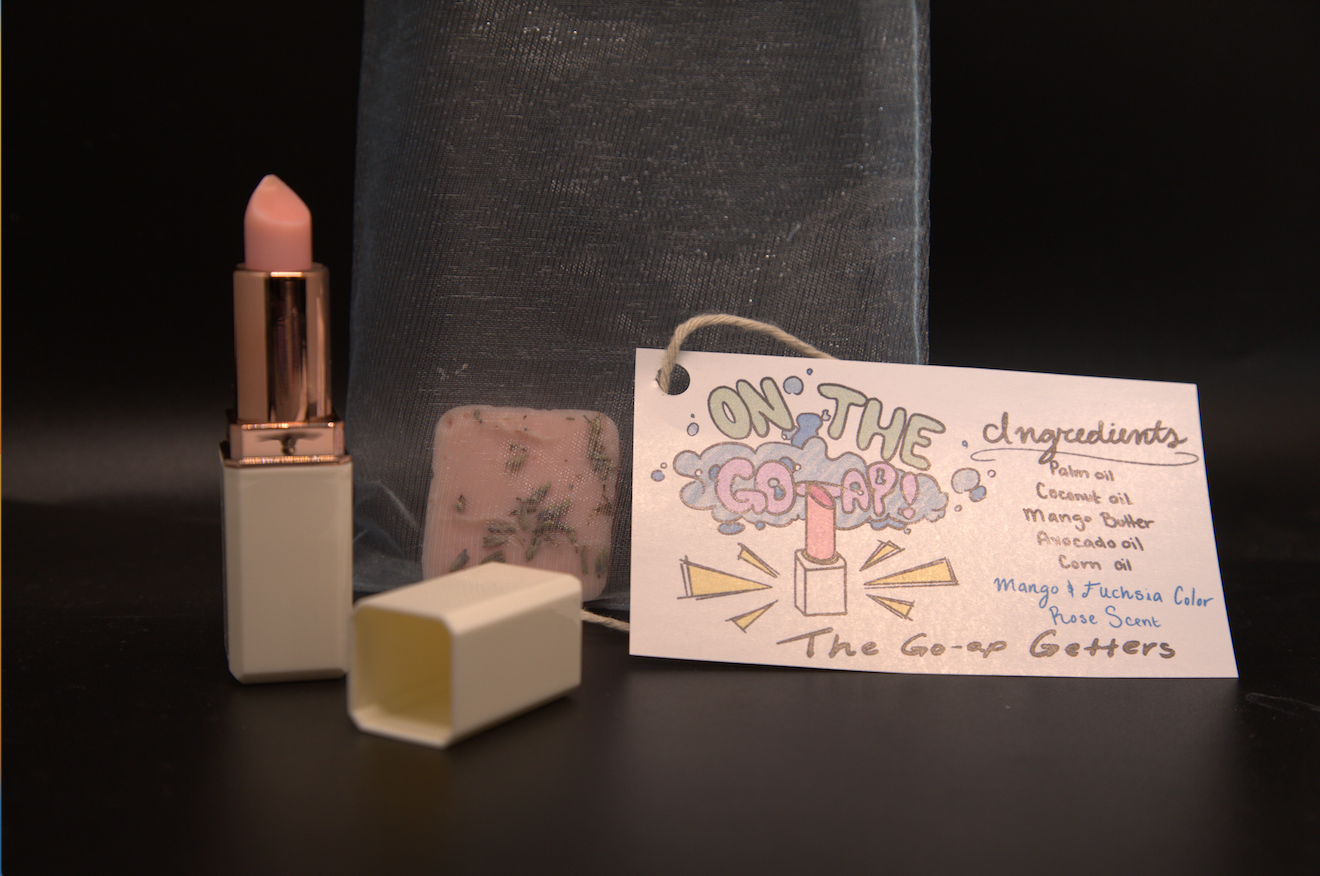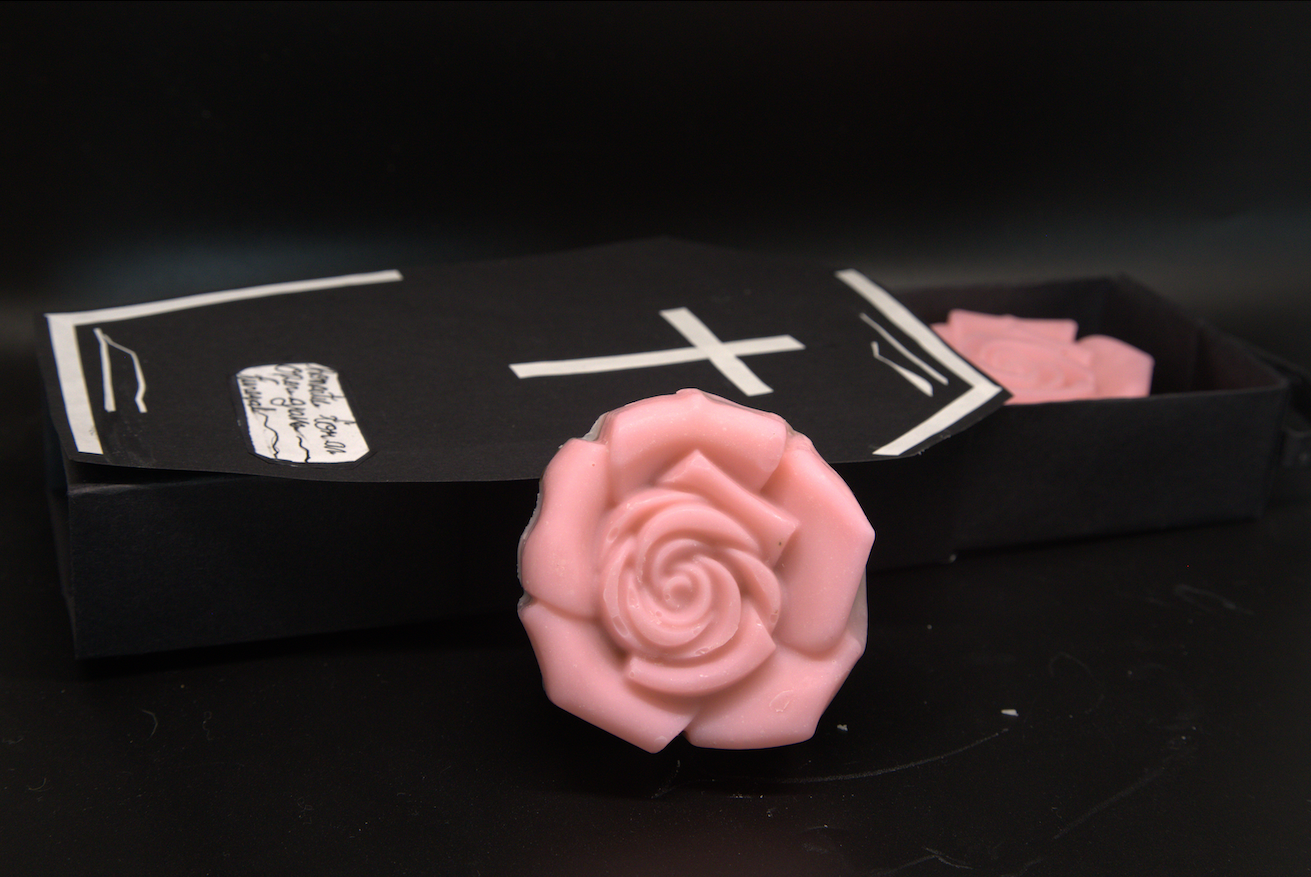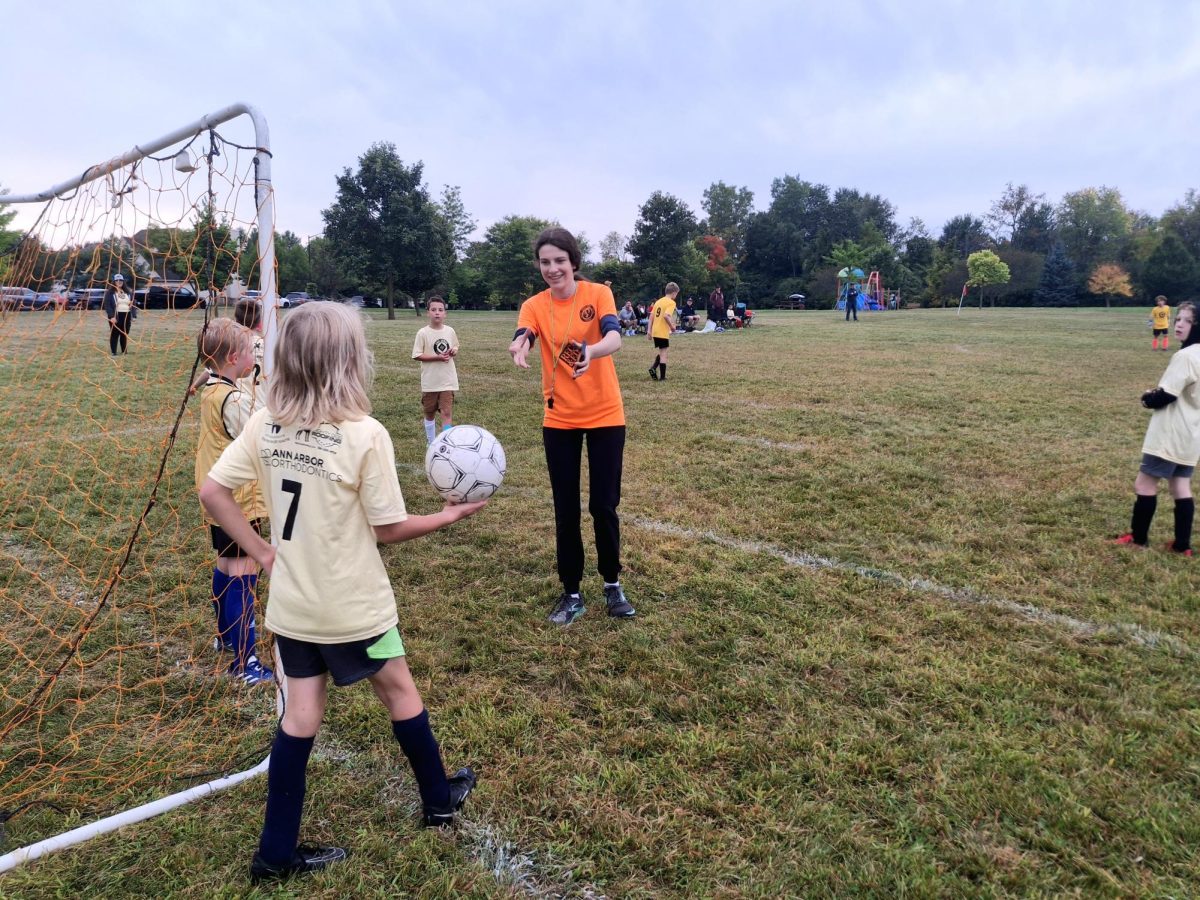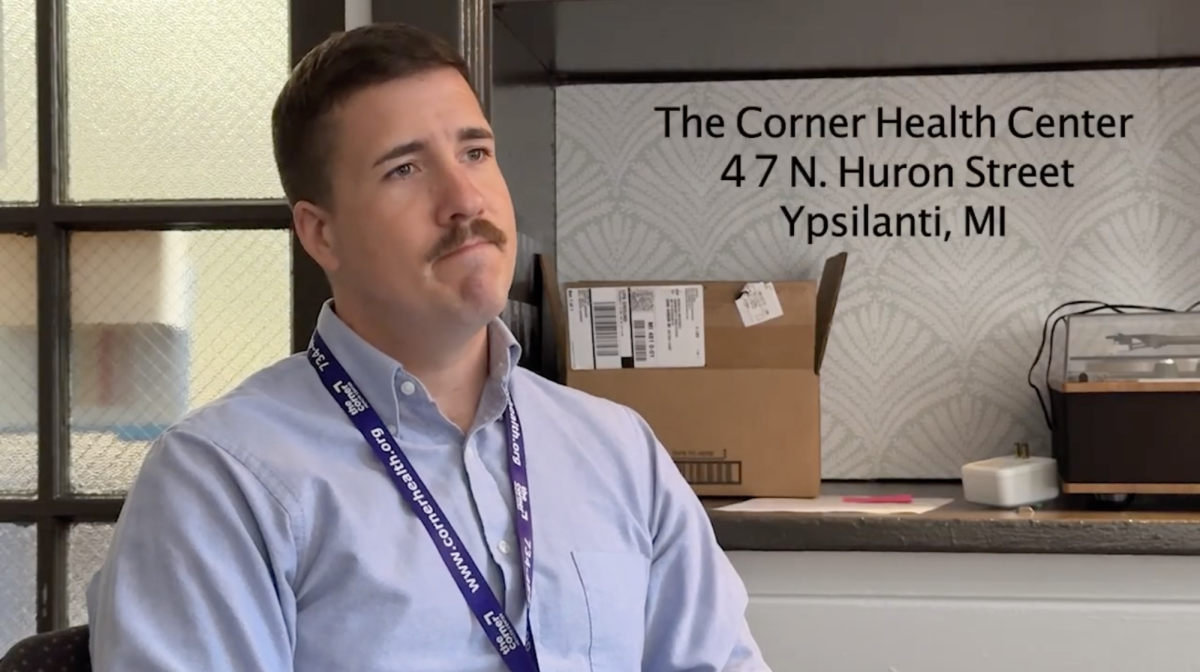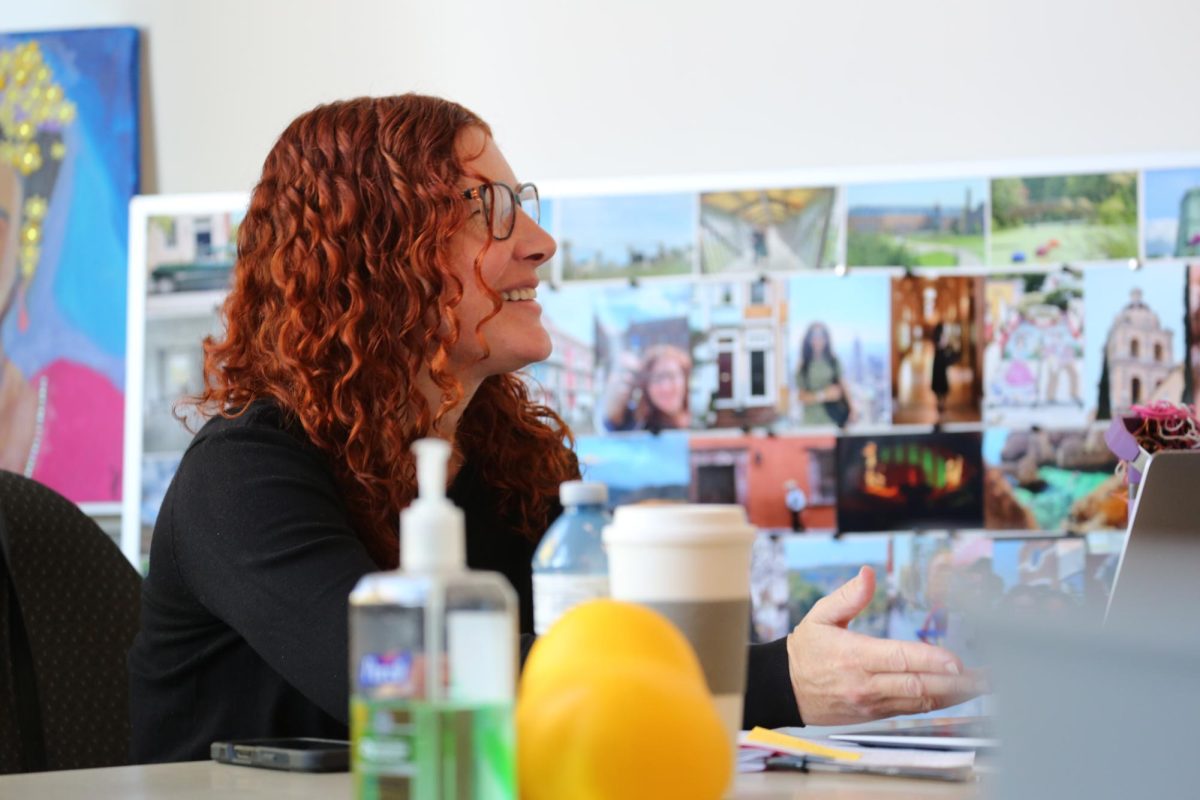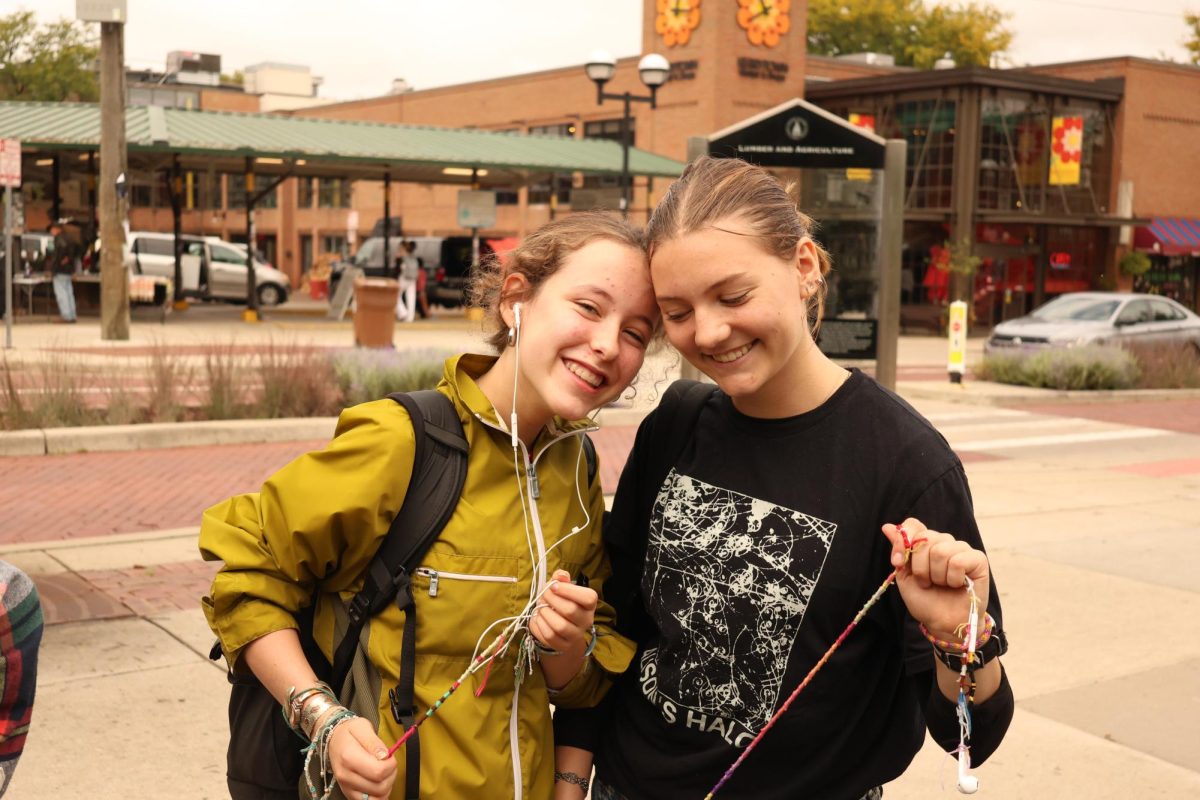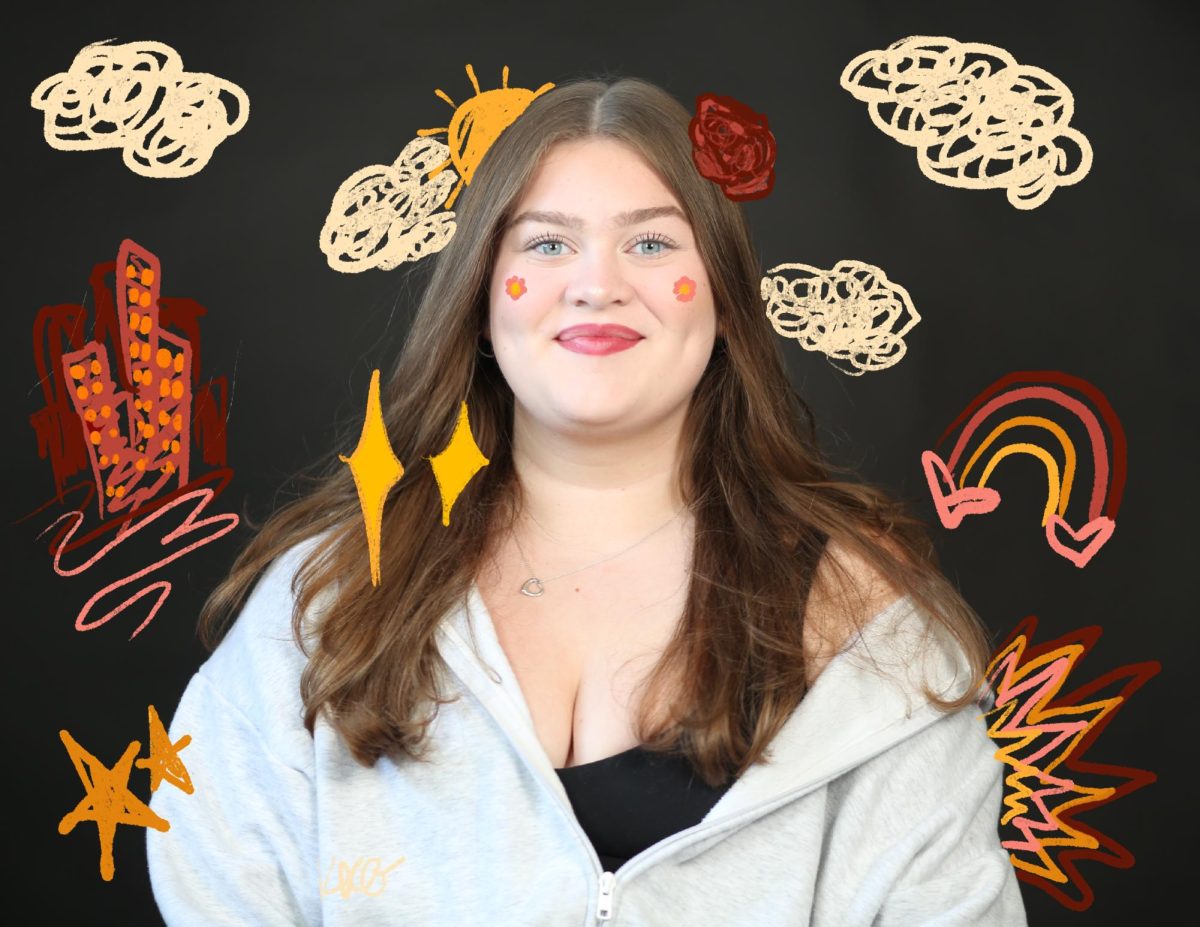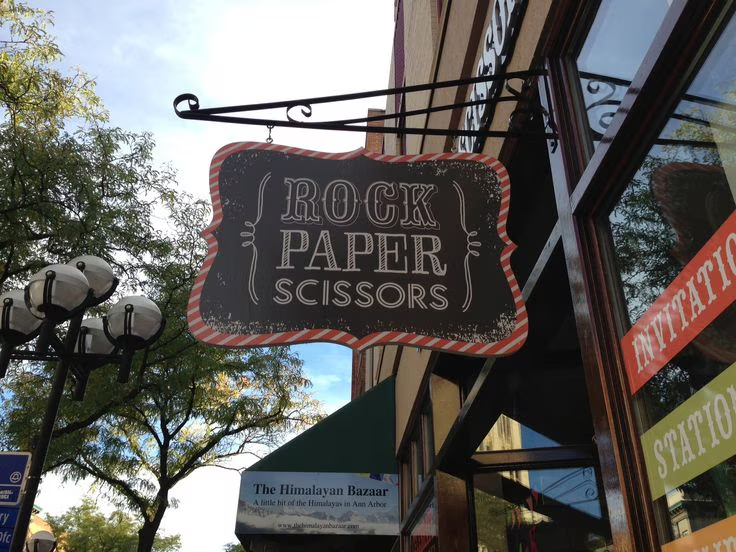What’s in Your Soap?
A collection of soaps made by students in their FOS III classes.
May 2, 2025
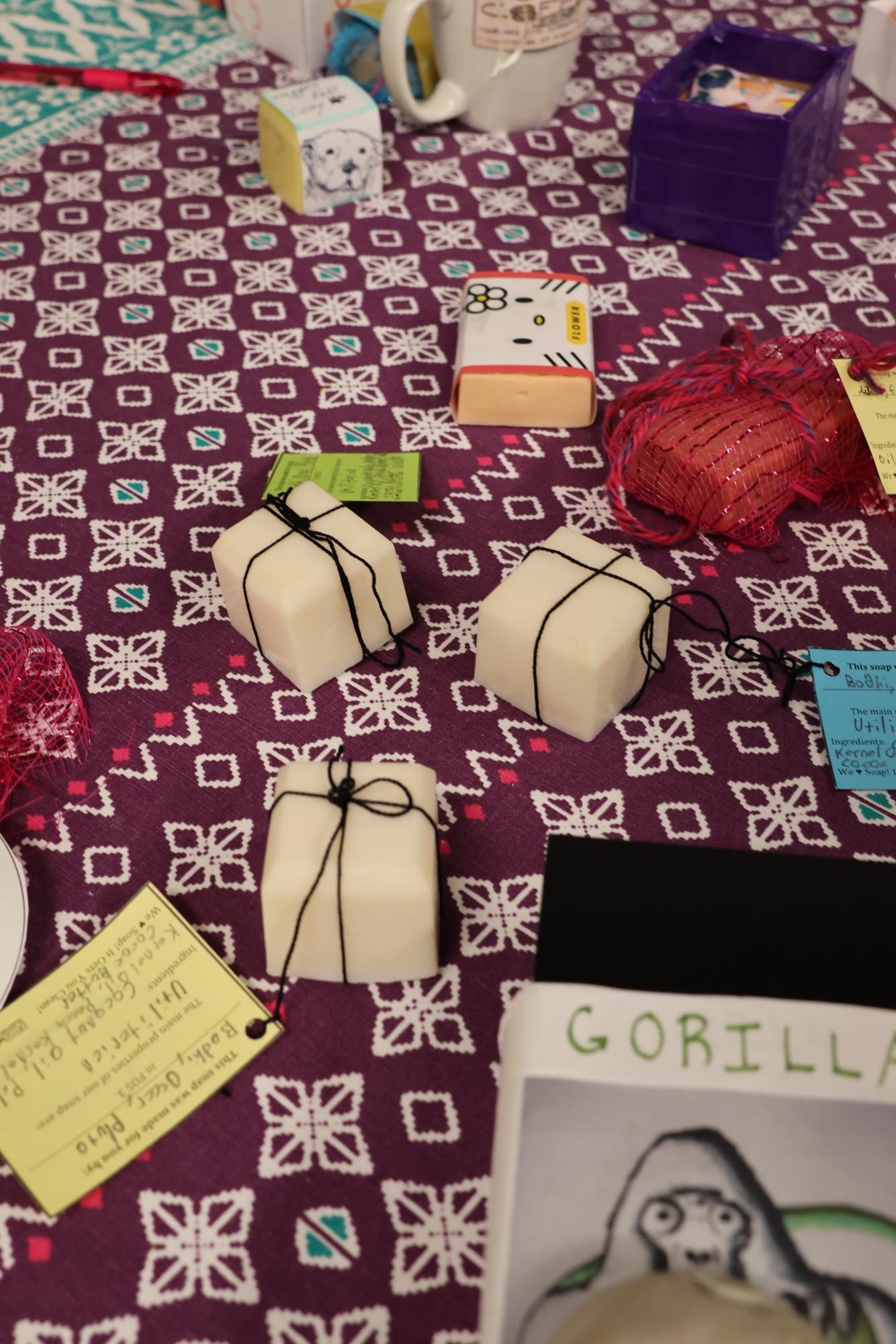
About the Contributors
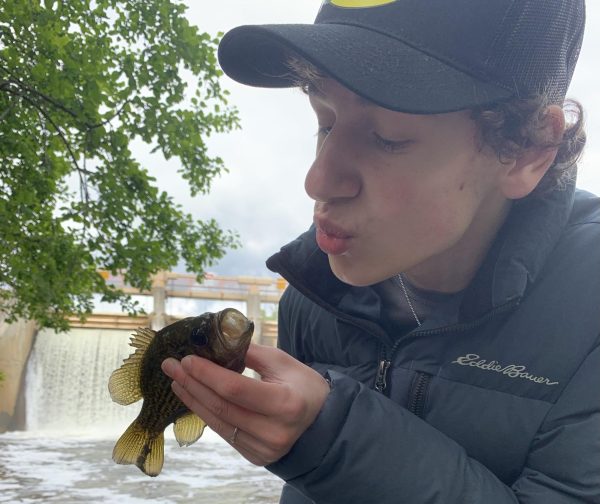
Malcolm London, Video Editor
Malcolm is the Video Editor for The Communicator. By day, he shoots awesome videos, writes articles and performs for the Community Ensemble Theatre. By night, he fights crime and selflessly commits honorable acts of heroism. With the shadows as his only ally, Malcolm has single-handedly turned the crime-riddled streets of Ann Arbor into a joyful utopia. This is his third year on staff.
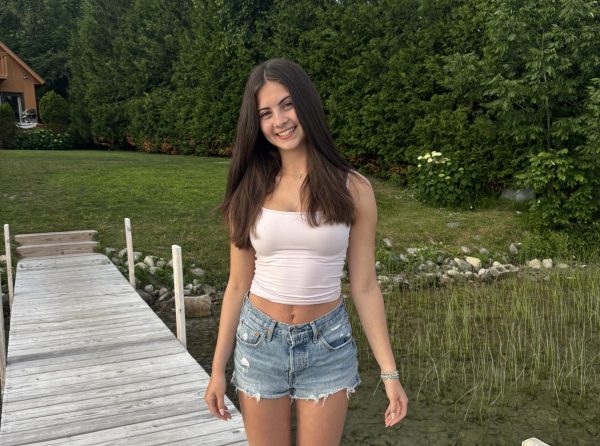
Paige Plavnick, Web Editor-in-Chief
This is Paige’s is third year on the Communicator staff and her second as a Website Editor-in-Chief. When she is not working in room 300, she can be found puting together a production in the Craft Theater, working across the street at Sparrow Market or finding some new gluten free recipie to attempt to bake. She enjoys waterskiing, swimming, adventures and spending time with friends. Paige is excited (and sad) for her last year at Community and as a part of the Communicator staff.

Isla Tharp, Feature Editor
Isla Tharp is a junior at Community and this is her second year on staff. Outside of class you can find her cooking up a new meal, watching TV, or on a run with her cross country and track teammates. She’s ready for a new semester on the CHS PubHub team and can’t wait to see what’s in store for this year!
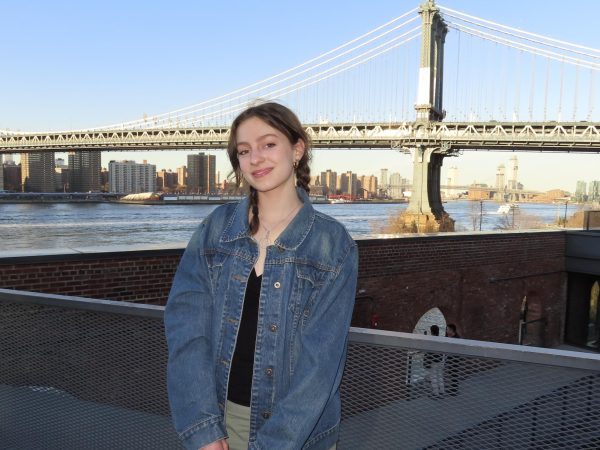
Nina Beals, Art Director
Nina Beals is a senior at Community High School, and she is starting her third semester on staff. She runs track and cross country, and acts in Community Ensemble Theater. In her free time she loves making art, playing piano, and spending time with her friends outside. She is so excited to be art director this year!
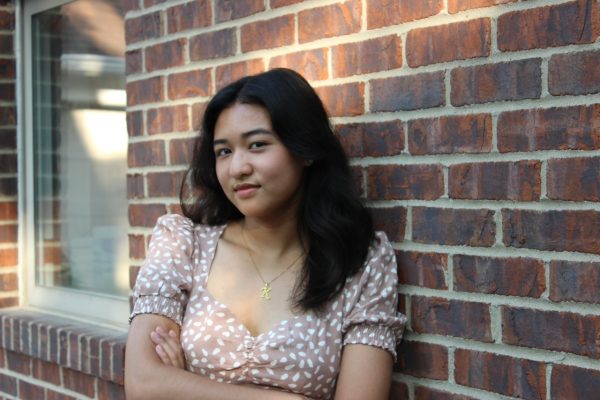
Kaylee Gadepalli, Art Director
Kaylee Gadepalli is currently a senior at Community High School, and this is her third year on staff. She can be found playing the NYTimes Games, watching TV and hanging out with her dog. Kaylee is looking forward to another year of working with wonderful people.

Zane Swerdlow, Journalist
Zane Swerdlow is a senior in his second year on staff. When he isn’t studiously browsing Wikipedia articles in class you can find him reading various blogs, going backpacking, and listening to second wave emo.









